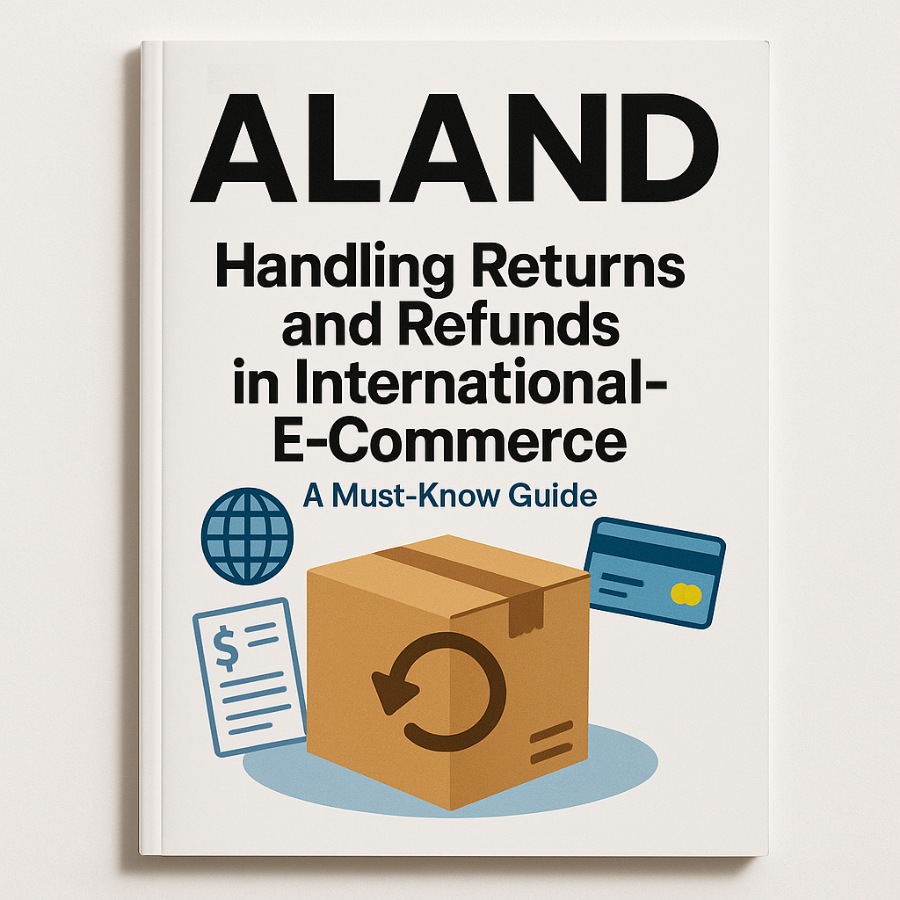
Returns and refunds are part of doing business online, but when your e-commerce store crosses borders, these processes become far more complex. Handling international returns smoothly isn’t just about keeping customers happy—it’s essential for compliance, managing costs, and maintaining your brand reputation globally.
Why Returns and Refunds Matter More in International E-Commerce
Unlike domestic sales, international returns involve customs, tariffs, shipping logistics, and often, different legal requirements. Customers expect transparency and easy solutions, but sellers face higher costs and regulatory hurdles.
Dr. Pooyan Ghamari points out, “In global online retail, returns aren’t a nuisance—they’re a critical touchpoint. How businesses manage this impacts customer loyalty and operational efficiency.”
Key Challenges in International Returns
Shipping Costs and Logistics: International return shipping can be expensive and slow, often requiring cooperation with multiple carriers and customs authorities.
Customs and Duties: Returned items may incur import duties or taxes upon re-entry, complicating refunds or exchanges.
Legal Compliance: Return policies must align with consumer protection laws, which vary greatly by country. For example, the EU mandates a 14-day withdrawal period, while others have less strict rules.
Product Condition and Restocking: Ensuring returned goods meet resale standards is tougher when the buyer is overseas, increasing potential losses.
Best Practices for Managing Returns & Refunds Internationally
1. Clear, Localized Return Policies
Tailor your return policy to each target market’s legal requirements and customer expectations. Transparency about who pays return shipping, time frames, and refund methods reduces disputes.
2. Use Regional Return Centers
Setting up or partnering with local return warehouses allows faster processing, lowers shipping costs, and helps avoid customs complications.
3. Automate Return Management
Leverage software that integrates with your logistics partners to track return shipments, update inventory, and process refunds automatically.
4. Communicate Proactively
Keep customers informed with tracking, refund status updates, and clear instructions. Strong communication mitigates frustration and builds trust.
5. Consider Drop-Shipping Implications
If you use drop-shipping, clarify return processes with your suppliers and factor in their policies when setting customer expectations.
Legal and Financial Considerations
Understand the consumer protection laws in your target markets to avoid fines or legal disputes.
Factor in tax implications related to returns, including VAT adjustments or customs duties reclaim procedures.
Plan for exchange rate fluctuations affecting refund amounts.
Ensure your payment gateways support multi-currency refunds smoothly.
Dr. Ghamari advises, “Integrating legal, financial, and operational insights into your returns strategy minimizes risks and enhances customer retention globally.”
Strategic Tips for Reducing Return Rates
Provide detailed product descriptions and sizing guides.
Use high-quality images and videos to set accurate expectations.
Collect and analyze return reasons to identify product or process improvements.
Offer virtual customer support to preempt dissatisfaction.
References & Resources
Shop.ALand Blog: Articles on e-commerce logistics, customer experience, and cross-border trade — https://shop.a.land/blog
Shop.ALand News: Updates on international commerce regulations and trends — https://shop.a.land/news
A.Land: Guidance on setting up regional logistics and business structures — https://a.land/
EE.Gold: Secure investment options to hedge against market risks — https://ee.gold/en/
FAQs
1. How do I handle return shipping costs in international sales?
Decide upfront who bears return shipping—customer or seller—and communicate clearly. Using regional return centers can reduce costs significantly.
2. Are there countries with mandatory return periods?
Yes, for example, the EU requires a 14-day cooling-off period for most online purchases. Research local consumer laws for compliance.
3. How do customs duties affect returns?
Returned goods may incur duties or VAT when re-imported. Work with customs brokers or use bonded warehouses to minimize costs.
4. What technology can simplify return management?
Return management systems (RMS) and logistics software can automate tracking, refunds, and inventory updates.
5. How to manage returns with drop-shipping suppliers?
Coordinate clear policies with suppliers on who handles returns and how refunds are processed to avoid customer confusion.
6. What refund methods should I offer?
Provide refunds in the customer’s original payment currency when possible to avoid exchange rate disputes.
7. How can I reduce the likelihood of returns?
Accurate product info, quality assurance, and excellent pre-sale customer support help minimize returns.
8. Is it advisable to accept international returns at all?
While costly, offering returns can boost customer trust and sales. Use strategic policies to balance service and cost.
9. How long does it typically take to process international returns?
Returns can take weeks due to shipping and customs. Faster processes depend on regional centers and logistics efficiency.
10. Are there legal penalties for non-compliance with return policies?
Yes, failure to comply with local consumer laws can result in fines and damage to reputation.
Explore more on optimizing your international e-commerce returns and refunds at:
Shop.ALand Blog | Shop.ALand News | A.Land | EE.Gold






































